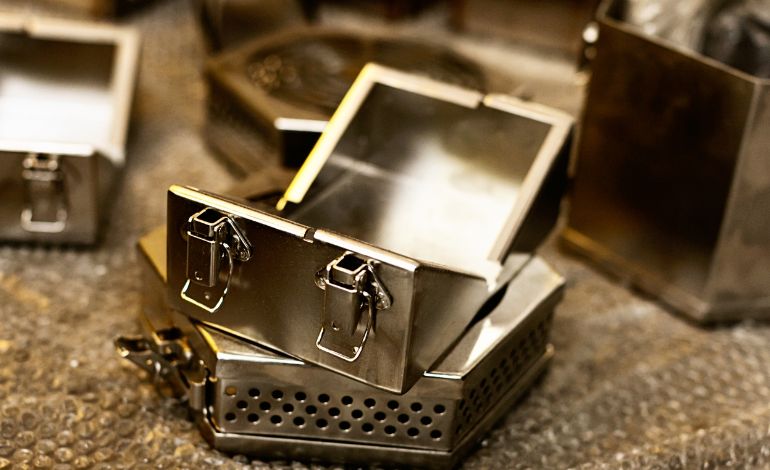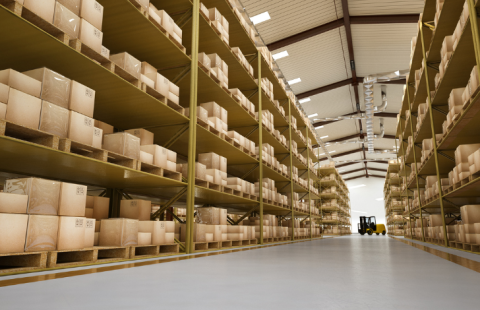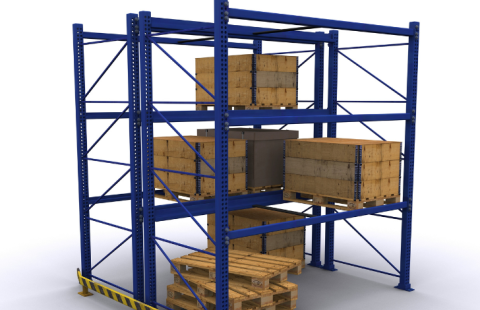Blog
- Home
- Steel Fabrication
- The Ultimate Guide to Steel Fabrication Methods: Shaping Metal Magic

The Ultimate Guide to Steel Fabrication Methods: Shaping Metal Magic
Introduction
Steel, the backbone of modern construction and countless industries, isn’t born strong and sturdy – it’s shaped that way. This transformation happens through the art of steel fabrication, a symphony of cutting, bending, joining, and shaping raw metal into the intricate structures and components we rely on daily.
But with so many techniques at your disposal, choosing the right one can feel like deciphering an ancient blacksmith’s grimoire. Fear not, intrepid metalworkers and curious minds! This guide delves into the most common steel fabrication methods, their pros and cons, and when each shines brightest.
1. Cutting: The first step on any steel journey is slicing through the raw material. Popular cutting methods include:
Shearing: Imagine a giant metal paper cutter. Shearing uses sharp blades to make straight, clean cuts along pre-marked lines. It’s fast, efficient, and ideal for simple shapes, but limited to straight cuts and thin sheet metal.
Plasma Cutting: Think of a superpowered blowtorch. Plasma cutting utilizes a focused jet of hot plasma to slice through thicker metals and even non-metals. It offers great precision and versatility for intricate shapes, but can be slower and more expensive than shearing.
Laser Cutting: Enter the realm of light sabers for metal. Laser cutting uses a high-powered laser beam to vaporize metal, creating incredibly precise and intricate cuts. It’s ideal for complex shapes, thin materials, and minimizing heat distortion, but comes at a higher cost.
2. Bending: Shaping steel into curves and angles opens up a world of possibilities. Common bending methods include:
Press Brake Bending: Picture a giant metal hand applying controlled pressure. Press brake bending uses a powerful press to bend steel along a die, ensuring consistent, accurate bends for large quantities. It’s ideal for precise angles and repetitive tasks, but limited to simple bends.
Rolling: Steel meets rolling pin, but on a much larger scale. Rolling machines gradually bend steel plates or sections by passing them through rollers, creating smooth, curved shapes. It’s versatile for various radii and thicknesses, but may require specialized equipment.
Folding: Think origami for metal. Folding involves manually or mechanically bending steel along existing fold lines, creating sharp angles and box shapes. It’s simple, cost-effective, and ideal for lightweight applications, but limited to specific angles and thicknesses.
3. Joining: Now that your steel pieces are cut and bent, it's time to assemble them. Popular joining methods include:
Welding: The fiery dance of metals. Welding melts the edges of two pieces together, creating a permanent, strong bond. Different welding techniques like MIG, TIG, and arc welding offer various strengths, depths, and material compatibility. It’s versatile, durable, and widely used, but requires skilled welders and safety precautions.
Bolting and Riveting: Imagine metal Legos. Bolting and riveting use fasteners to physically connect pieces, allowing for disassembly if needed. It’s simple, fast, and offers flexibility, but may not be as strong as welding for certain applications.
Adhesives: Think superglue for steel. High-strength industrial adhesives can bond smooth surfaces, offering a clean, fast, and vibration-resistant alternative for specific applications. However, they may not be suitable for high loads or extreme environments.
Choosing the Right Steel Fabrication Method:
With this arsenal of techniques at your disposal, selecting the right one depends on several factors:
Project requirements: What shape, strength, and finish does your final product need?
Material thickness and type: Different methods work best for various thicknesses and steel types.
Precision and complexity: Do you need intricate cuts or simple bends?
Budget and time constraints: Some methods are faster or more cost-effective than others.
Conclusion:
Remember, steel fabrication is a collaborative dance. Consulting with experienced professionals like us can help you choose the perfect blend of techniques to bring your metal dreams to life. We’re your partners in shaping steel magic, without the need for a magic wand!


